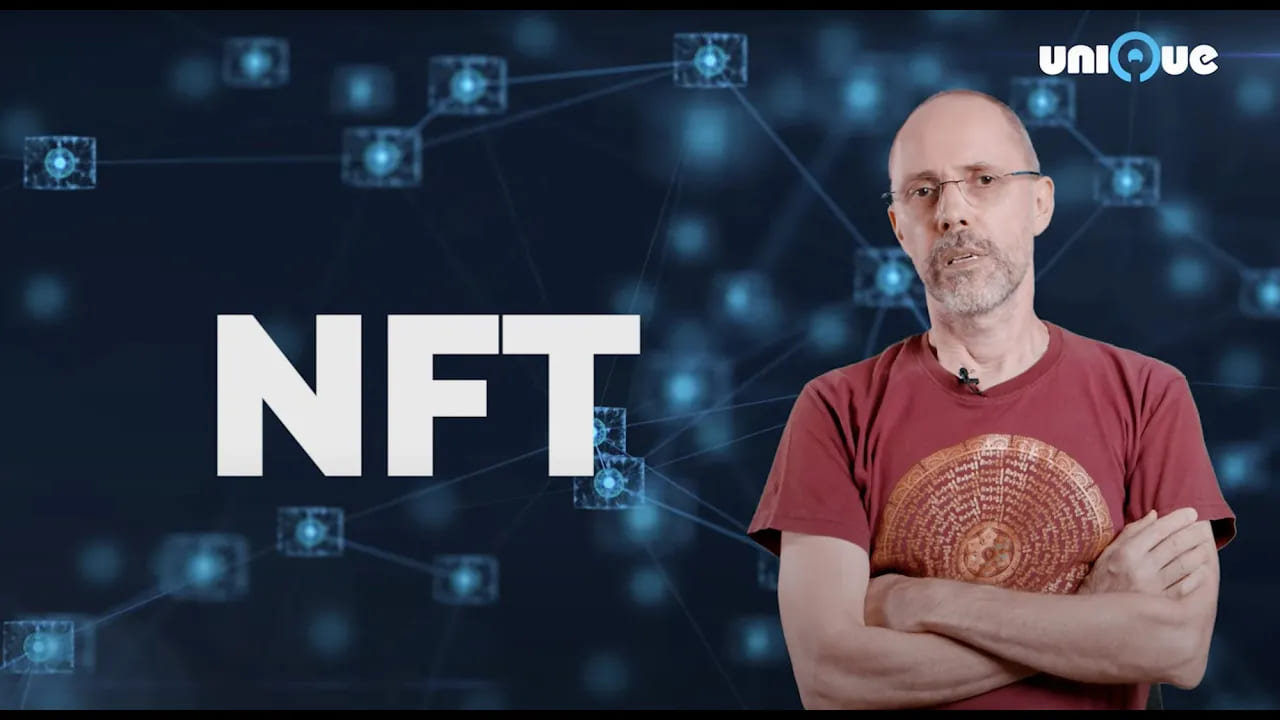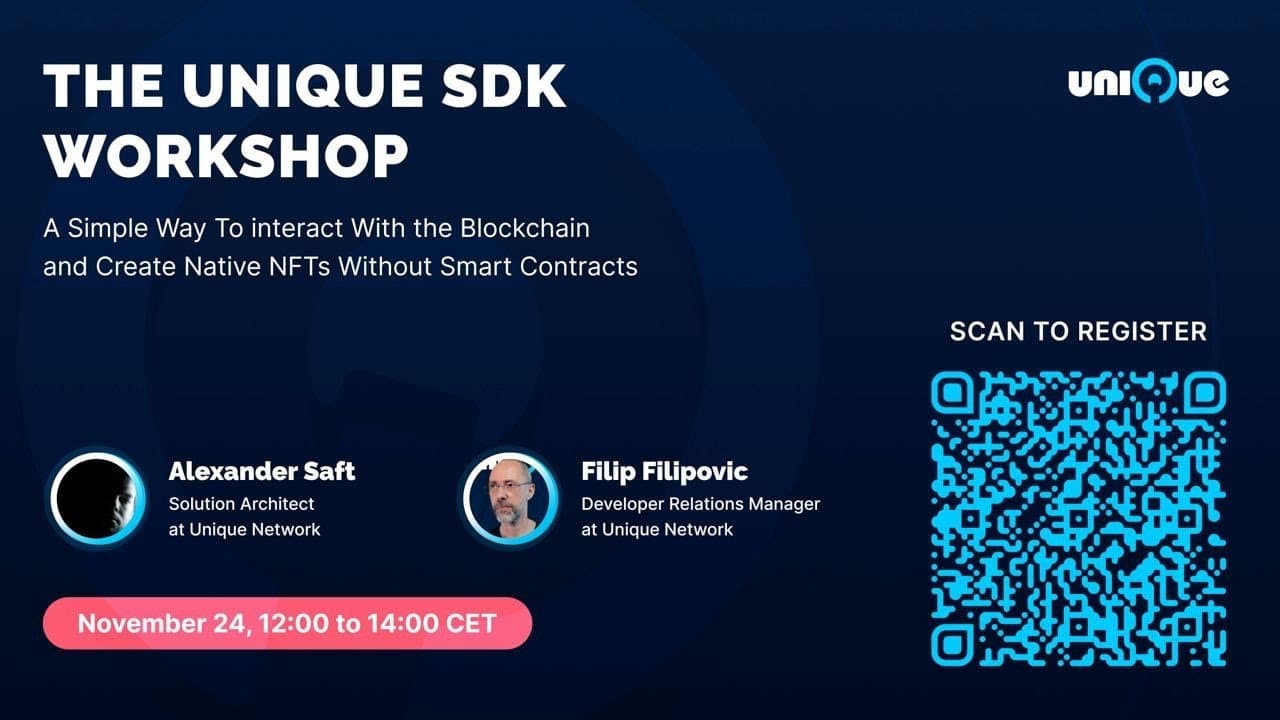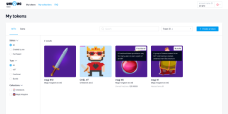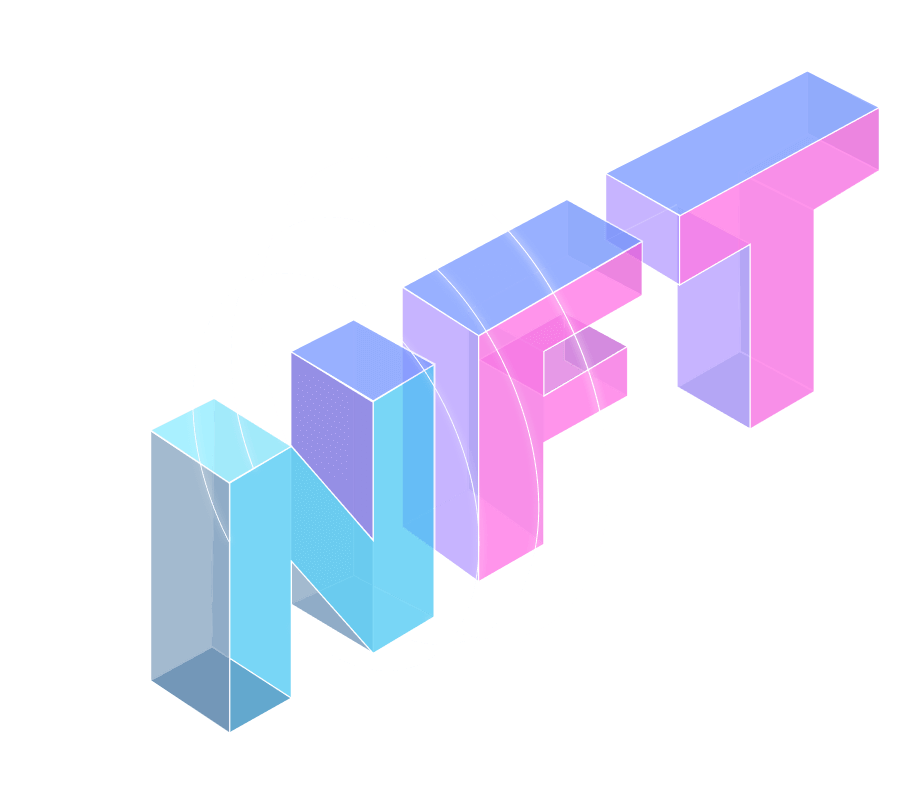Since the dawn of humanity, different approaches have been created to manage and regulate ownership of items and assets and the transfer of them. For the always pragmatic Romans, the dominium was a key feature while the formal transfer of property, mancipatio, demanded a solemn verbal contract by means of a ritual where the ownership of certain types of goods was transferred in the presence of the parties to the sale, five witnesses (adult male Roman citizens, as trusted mediators), a pair of scales, a man to hold them, and an ingot of copper or bronze.
The seller grasped the object being transferred (the thing) and declared: “I assert that this thing is mine by Quiritarian [Roman] law; and let it have been bought by me with this piece of copper and these copper scales. ”He then struck the scales with the ingot, which he handed to the buyer “by way of price.”
Although the key elements of a contract remain today (the thing, the parties, the payment and mutual consensus on the acceptance of an offer that leads to a legally binding offer), with Justinan, the Byzantine emperor from 527 to 565, the Roman code and regulations changed and made the mancipatio invalid.
Ownership as an essential feature of our socioeconomic relationships has always been identified as a top priority by our legal systems and philosophers. Philosopher Adam Smith, who is known as the father of liberalism, established that safeguarding private property was the “sacred” mission of law and justice, while for Rousseau, ownership was shaped by our social agreements that would establish which objects could be possessed and by what terms.
In Modern history, ownership and its transfer have been adapted by different nation states — Liberal, Socialist, Welfare — to fulfil their ideologies and political agendas by means of the power of law. Consequently, the concept of ownership sustains the basis of our interconnected world economies and it will continue to be pivotal in the foreseeable future. Ownership of real estate is commonly described as a “bundle of rights of property”, where the holder is entitled to:
- The right of possession;
- The right of control;
- The right of exclusion;
- The right to derive income; and
- The right of disposition.
Due to the entitlement of ownership, a property owner will need to fulfil his obligations, but he will be allowed to exercise his given rights, or choose to exercise none of them. The proprietor will also be allowed to exercise his obligations separately over time. In these situations, the legal framework establishes dedicated contracts where owners can dispose of different rights without worrying about losing their property. Selling a property means transferring ownership as a whole to its new proprietor; renting a property will only transfer the possession for an established time frame. A usufruct contract will confer a temporary right to use and derive benefits from a property. And in all cases, failing to meet obligations will return the given rights of a property to its owner.
The new Paradigm
In our current framework, many legal relationships are governed by central entities and frequently require trusted mediators. For instance, real estate property needs to be noted in the register, and in the case of a rental agreement, the private contract between the landlord and the tenant will sometimes demand the intervention of lawyers and real estate agencies as trusted mediators. From a process point of view, these go-betweens will tax transactions in terms of time and money. However, to tackle these problems, a new wave of innovation has been created by the property technology movement, known as PropTech.
Among the new technological advances, two innovations stand out: blockchain because of its intermediation automatization (and sometimes eradication of overly-long bank transactions due to peer-to-peer transactions where allowed); and smart contracts that automate and speed up the legal processes. One of the most promoted advantages of blockchain in the real estate space is the promise of liquidity via decentralized global markets that enable assets to be tradable. In terms of smart contracts, the dedicated contracts that enforce the bundle of rights of property, can be programmed to trigger actions and execute orders as required. A main consequence is that any kind of property assets such as buildings, shares or funds, debt or equity, can be automated in ways previously unseen before and executed in minutes instead of weeks or months.
When Ethereum was created in 2015, as a platform that would go beyond Bitcoin’s capability of “simply” creating and transferring cryptocurrency, smart contracts gained traction in functionality and innovation. The ERC-20 tokens, which have set the standard for tokenization, are good for executing transfers because some rights of ownership can be written into the smart contracts. However, since the ERC-20 tokens are all the same (fungible), they have limitations when the purpose of a smart contract is to represent a unique object as an art piece or a real estate asset. For these non-fungible cases, the proven value of the ERC-721 standard and the more advanced ERC-1155 have solved the uniqueness issue. More to the point, the ERC-809 and ERC-1201 standards allow renting of NFTs as a small subset of such authorizations.
The capacity to store different metadata and make different standards work together seamlessly allows for new opportunities to manage ownership rights. To achieve this, different Ethereum standards operate together, as do whole blockchains, tokens and protocols. Thrustless transfers from different blockchain networks or “interoperability” will certainly accelerate mass adoption.
An interesting case study is Unique Network blockchain in the Polkadot ecosystem. This is the standard for good practices serving software that uses or relates to NFTs.
On its “Advanced Ownership Structure”, owning an NFT in the 3d generation blockchain paradigm will be much more than just seeing an image associated with it. The aim is that NFTs will become usable and transferable in the metaverse as well as applicable and usable to documents backing up real world data (such as certificates of ownership). Some of the possible activities applicable to NFTs include:
- Lending and Borrowing; implies the capability to temporarily transfer some property ownership rights to another address.
- Right to display given to a third party grants the permission to (exclusively or not) use the property for display purposes.
- Deed of trust or right to sell or act in some other ways on behalf of the owner is often used in the real estate, personal or business situations
- Re-fungible mode on Unique Network enables a DAO ownership in one click. Or take a valuable piece of art and democratize its ownership. Add smart contract functionality to play with what owners can do with the pieces.
As technology propels us forward, the challenges of managing and regulating ownership of “things” and their many uses, will help us innovate as more unique use cases rise to the fore.
This article was originally published by Fibree on their Blockchain Industry Report 2021: https://fibree.org/wp-content/uploads/2021/06/Fibree-Industry-Report-2021-Digital.pdf









